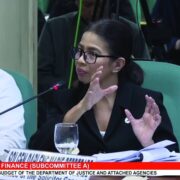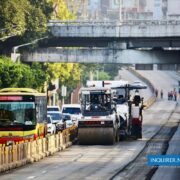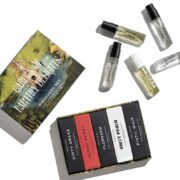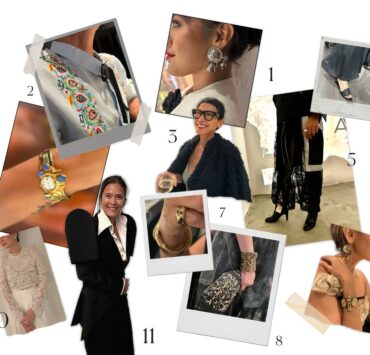Wawi Navarroza’s self in surrounding
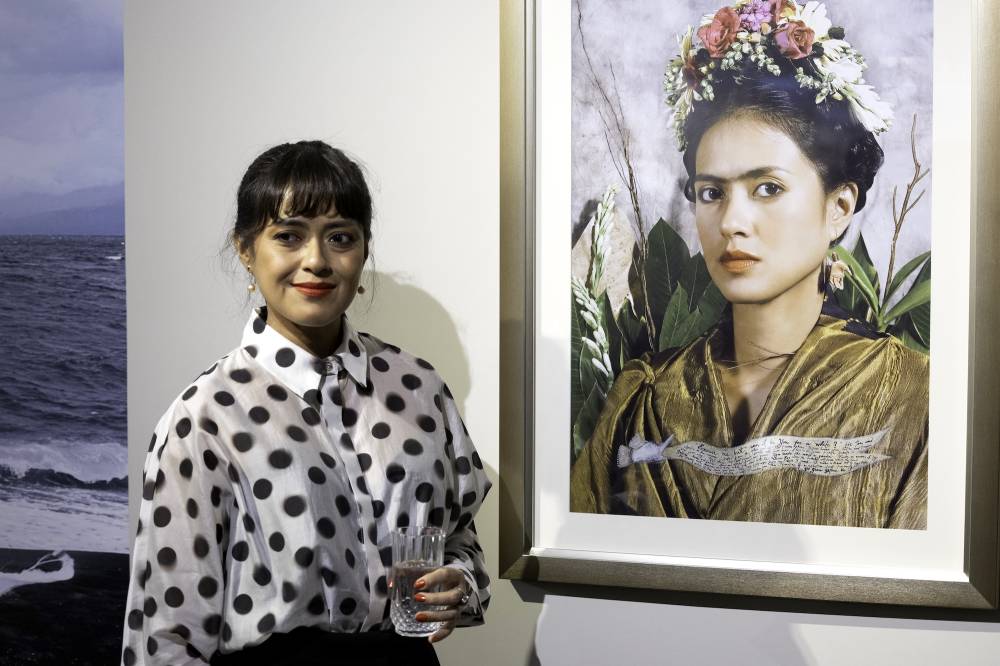
Wawi Navarroza is a lens-based artist. Not just a photographer. And not a painter, either.
Her medium is the camera, as she creates photographic tableaus and dense, polychrome self-portraits with mise-en-scènes built through bricolage. The images pulse with the complexity of her experiences as a transnational Filipina, filtered with post-colonial critique and reflections on globalization.
A recipient of the CCP Thirteen Artists Award, the Ateneo Art Award, and grants in New York and San Francisco, her work has appeared in galleries, museums, and private collections in the Philippines and abroad. Navarroza also finished her master’s as an awarded scholar in Spain’s Istituto Europeo di Design. She has since lived in Madrid and Istanbul, until her return to Manila in 2022.
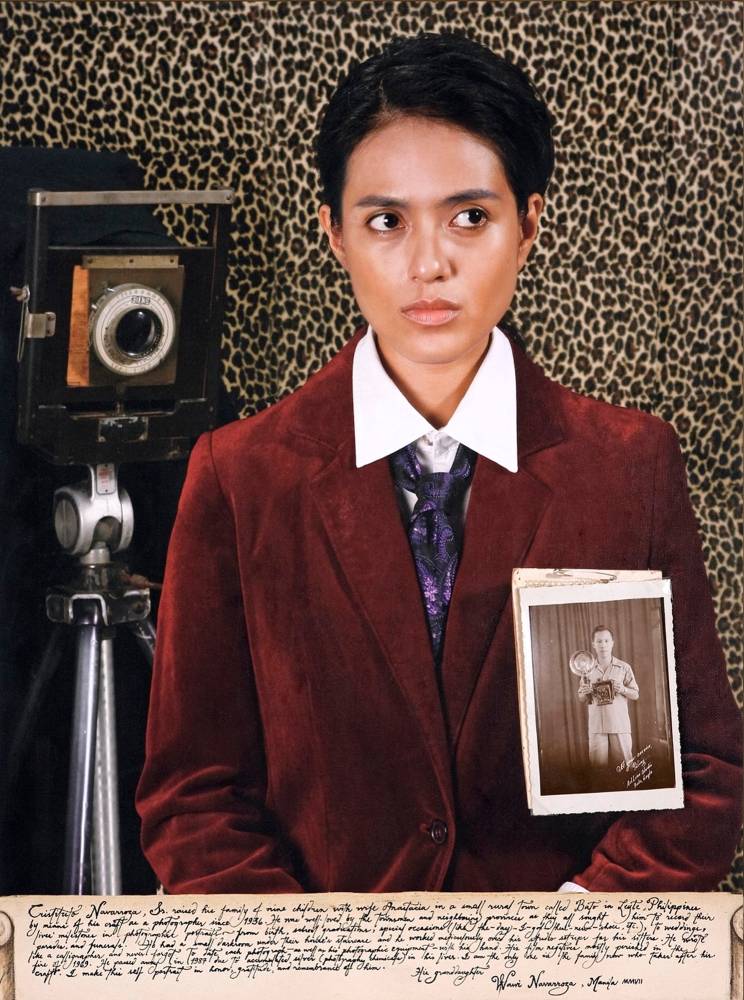
“Self & Surrounding” brings her visual dialogue home, to Navarroza’s alma mater specifically at The Museum at De La Salle University (DLSU), running from June 27 to Dec. 11. Marking the 50th anniversary of DLSU’s Department of Communication and presented in collaboration with Silverlens, the exhibit places Navarroza’s works in conversation with Filipino modernists from the Wili and Doreen Fernandez collection.
The artist and the image
In an artist talk with Silverlens owner Isa Lorenzo, moderated by educator Ayi Magpayo at the library of DLSU, Navarroza recalls her time at school, mentored by esteemed conceptual artist Judy Sibayan, and dipping her toes in the photographic medium as a teenager. The artist shares how she once worked in the editorial world, creating imaginative images but desiring to go beyond pretty pictures for more critical readings. “I’m here to illustrate, not to interpret,” she says.

Navarroza remembers moments of loss in her life as an artist and a person. Fires in the studio, life-threatening illness, and losing a laptop filled with her entire photographic project of volcanic land forms, while distracted by a final match of Rafael Nadal.
“Self & Surrounding”
In “Self & Surrounding,” the 23 works span nearly two decades. The images are layered with stories from many times and many places, often through a heritage of color and materials that Navarroza reclaims. As theorist Marshall McLuhan wrote, “The medium is the message,” inviting a deeper reading of the content the artist conveys.
The first image viewers encounter is “Self-Portrait for My Grandfather, the Photographer (after Frida Kahlo’s Portrait of My Father, 1951).” It nods to Kahlo and her father, a photographer, as well as to Navarroza’s own grandfather, Cristituto Navarroza, a portraitist from Leyte—all the while drawing subtle links between shared family memory and the colonial histories of the Philippines, Mexico, and Spain.
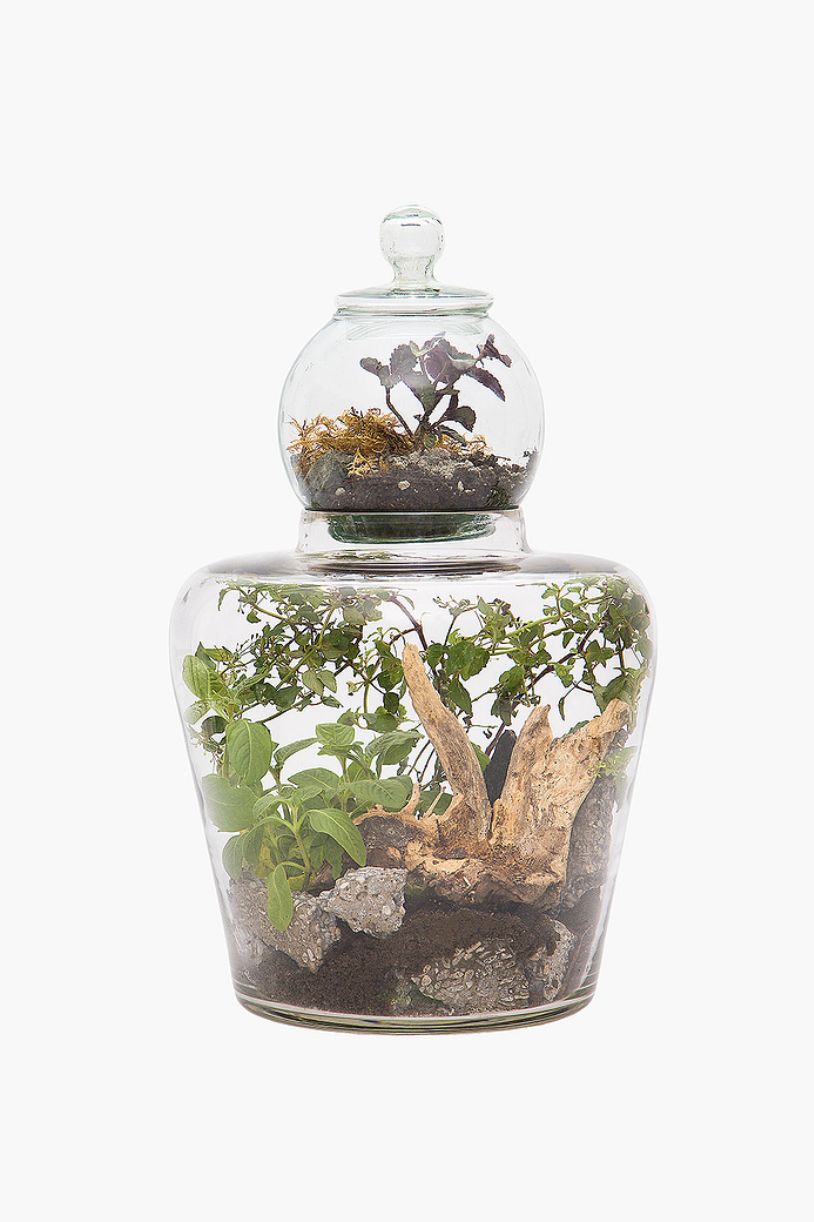
Also exhibited are prints installed as murals, lava field vedutas, and terrariums she composed from found foliage, gathered from NAIA Terminal 1 to Taguig and Makati.
Navarroza notes a turning point from monochrome to polychrome in 2016, during a research trip to Bali. Hospitalized alone with dengue fever, Navarroza was treated by strangers using traditional herbal remedies. “It’s from the tropical mess of things I got this dengue,” she reflects. “But what gave me the disease also cured me.” That irony shaped “I Want To Live A Thousand More Years” in a lush self-portrait brimming with tropical plants and synthetic blooms.
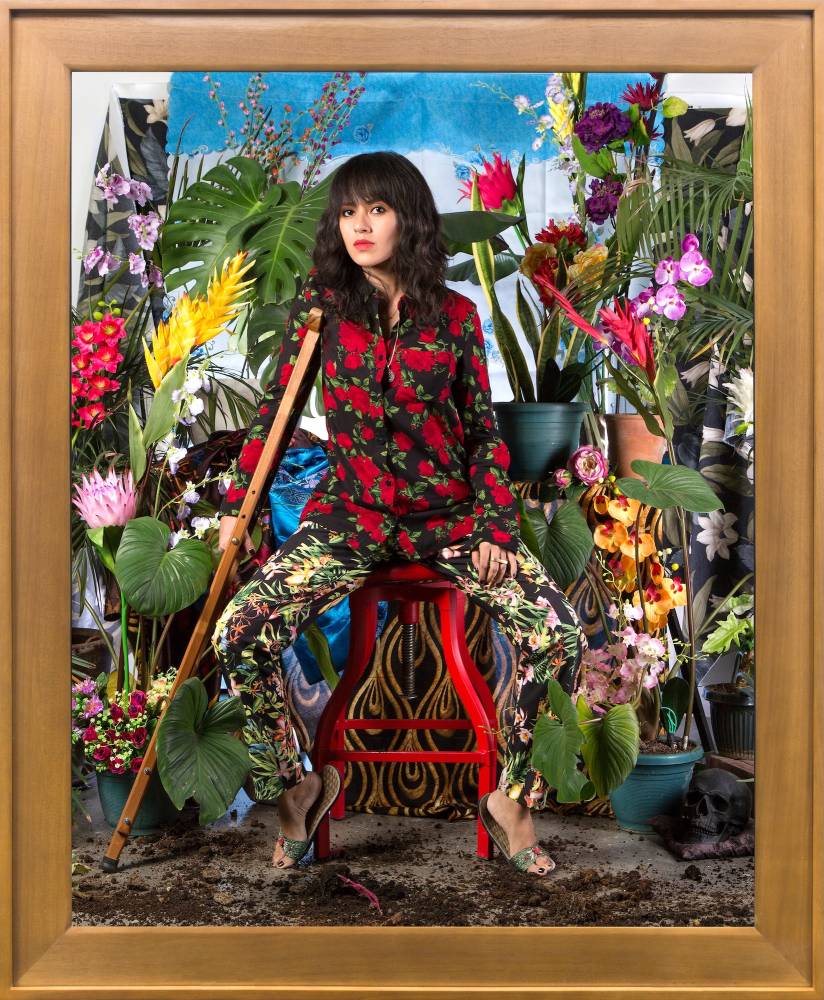
The circle seems to close at present with a 2023 self-portrait inspired by the Visayan folk song, “Rosas Pandan,” which the artist herself sang with gusto at the exhibit opening. “The probinsyana realized she has become a transnational, finding her self-determination,” she says with a smile.
Dense, symbolic, and visually rich, Navarroza’s latest work speaks in the language of the “tropical gothic” (think Nick Joaquin’s ecstatic fiestas and colonial hauntings), filtered through contemporary critique and personal narrative.
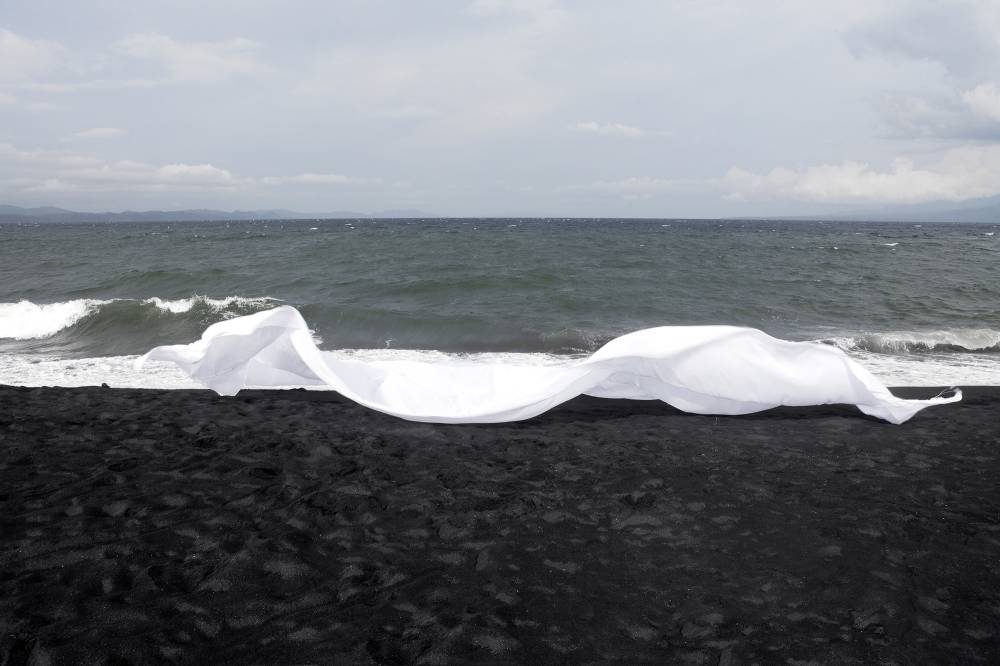
Ritual, archive, and apparition all at once, it’s as it’s written in the exhibition’s notes: “In every twist and turn and in light of the rapid changes and turbulence in the world, the work reminds us of our own wayfinding with a compass that is our interior sun.”
Through it all, Navarroza continues to defy categorization as an artist, wayfinding between mediums and meanings, image and object, self and surroundings.






